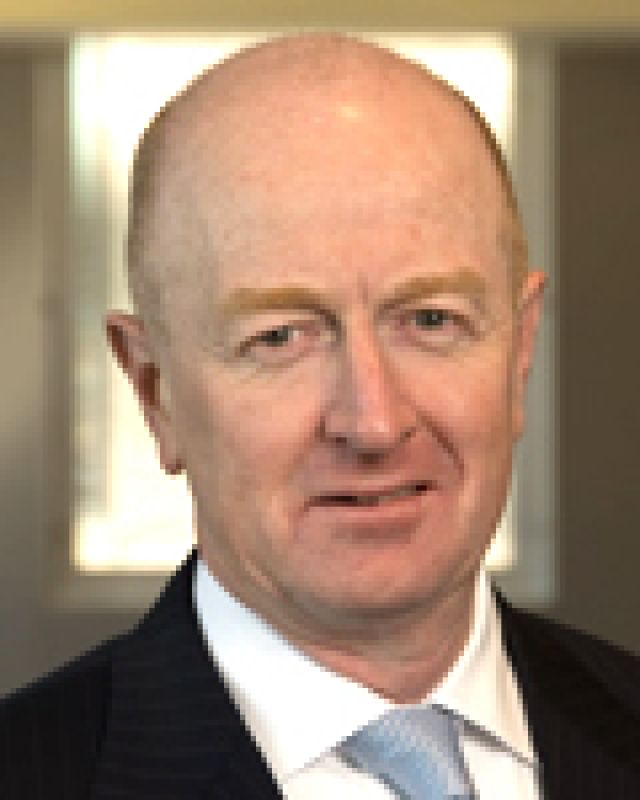
After a month of thundering that a rise in the official interest rate was close, the Reserve Bank of Australia (RBA) has kept interest rates on hold at its monthly board meeting on October 5.
Most financial commentators were betting on a rate rise of 0.25%, with banks expected to increase their mortgage rates by an even larger margin, despite their record profits, to account for higher costs of borrowing overseas. However, the dark financial clouds over Europe and the US appear to have put the kibosh on the financiers’ party.
In a statement on the board’s decision, RBA governor Glenn Stevens said: “In Europe and the United States, growth prospects appear to be modest in the near term, a legacy of the financial crisis and its impact on private and public finances.
“Financial markets are still characterised by a degree of uncertainty, and are responding both to differences in growth outlooks between regions and evident strains on public finances and banking systems in several smaller countries in Europe.”
On September 23, official figures revealed that the Irish economy had contracted in the second quarter of the year.
It grew slightly in the first quarter, but shrank by 1.2% between April and June, raising fears of a double-dip recession (where the economy slides into two or more consecutive quarters of contraction, after having begun to recover from a recession), said the September 26 British Observer.
Fears are also held for the economies of Spain, Portugal and Greece. Workers in all four countries have resisted attempts by their governments to force them to pay for the crisis with severe public spending cuts.
In the US, the economy continues to recover, but slowly. In the second quarter of the year it grew by just 0.5% said a September 30 Guardian.co.uk article. This was less than half the pace of the first quarter’s growth. Unemployment in the US also remains about 10%, although this is half of that of Spain, said the October 2 Guardian.
In Australia, despite overall growth, the service sector is struggling, retail sales are growing below expectation and house prices have apparently reached a plateaux, said the October 5 Sydney Morning Herald.
The Australian manufacturing sector also shrank for the first time this year, said the Performance of Manufacturing Index released, on October 1.
What growth there has been in Australia has largely been from the mining industry. Commodity prices “remain very high”, said Stevens.
As for the future, the RBA governor has hedged his bets. While saying that interest rate levels are “appropriate for the time being”, if things don’t get worse then “it is likely that higher interest rates will be required, at some point”.